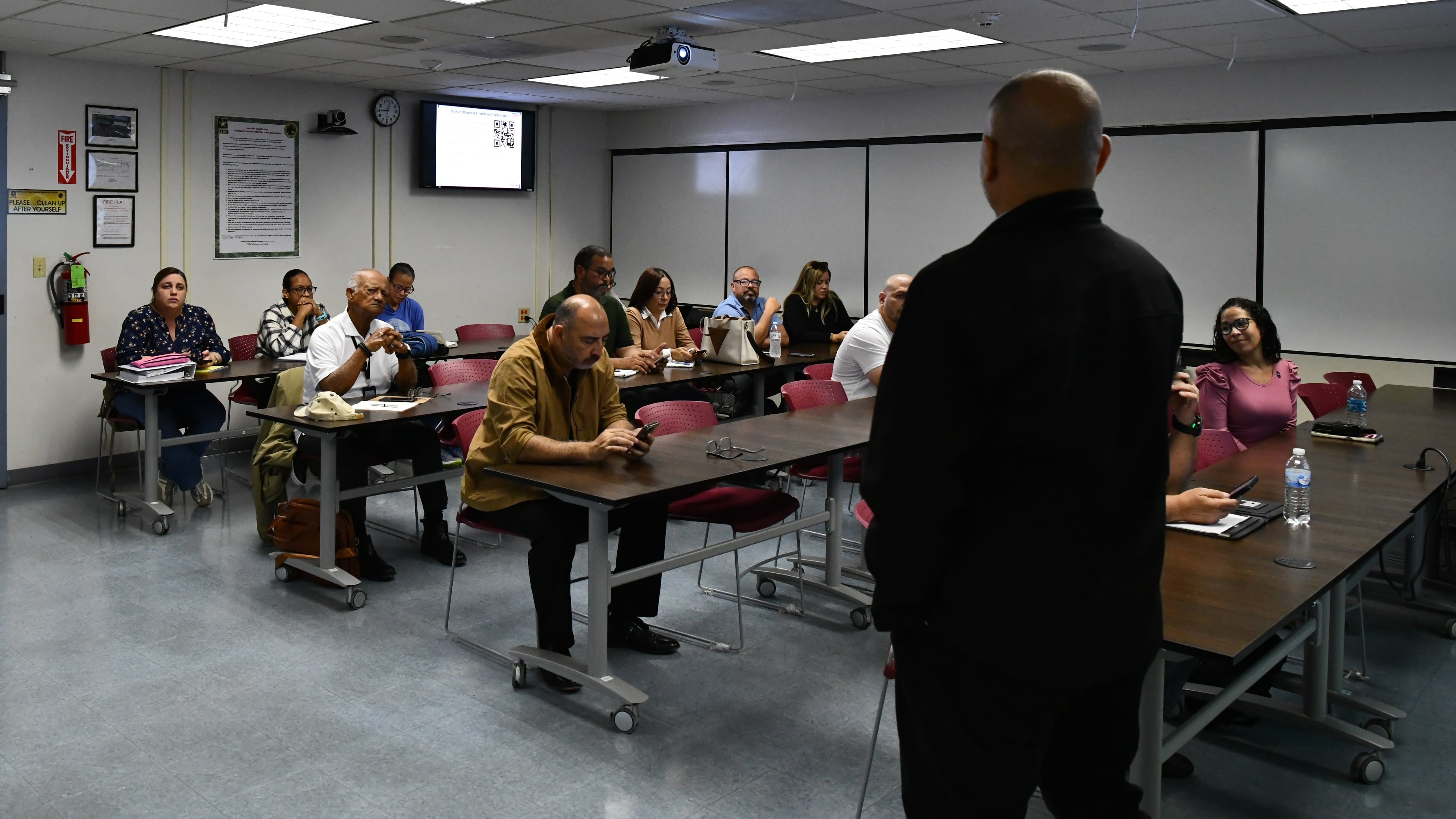WASHINGTON — While the Pentagon is spending billions on uncrewed programs, safety remains an obstacle to fielding truly autonomous vehicles, according to the Army’s project manager.
Autonomous vehicles remain a long-time goal, both in the commercial and military sectors. At a panel held by the Defense Advanced Research Projects Agency at Colorado State University on Wednesday, researchers and officials looked at the challenges standing in the way of vehicles capable of full autonomy in any environment.
“There’s a lot of technological barriers,” said Lt. Col. Chris Orlowski, who manages the Army office responsible for executing the hardware and software programs for robotic combat vehicles. He said some that are often overlooked include “our safety.”
This summer, the Army tested different types of robotic combat vehicles at Fort Hood, Texas. During the exercise, soldiers tested RCV platforms’ capacity by driving them on various terrain conditions commonly encountered on the battlefield. The tests also looked at the vehicles’ ability to identify and avoid obstacles and their capacity to fire weapons while moving.
Although the tests were considered a success, fielding truly autonomous vehicles is still years away. At the Fort Hood testing, a safety observer followed every platform in case of an incident during each exercise, according to Orlowski.
“We need to move away from that, especially when we want to field these provably safe systems in the future,” he said.
In recent years, autonomous vehicle ventures from companies such as Tesla have started to break into the commercial sector. This summer, regulators in San Francisco gave a robotic taxi service the green light earlier to begin charging passengers.
The rollout of robotic vehicles in a military capacity has been much slower. Although DARPA, the Pentagon’s research agency, has been working on self-driving vehicles for close to two decades, military robotics vehicles have to deal with a problem not found in the streets of San Francisco and other U.S. cities: the lack of roads and disarray expected on battlefields.
On regular streets, robotics vehicles have to account for expected obstacles like pedestrians, garbage cans and mailboxes. Meanwhile, the battlefield presents a whole host of different obstacles.
“You have to figure out how other things are moving and if they’re really adversarial, that makes it all the more difficult because maybe they want to move in a way that doesn’t make it easy for you to figure that out,” said Deva Ramanan, the director of the Carnegie Mellon University Argo AI Center for Autonomous Vehicle Research.
Outside of safety precautions, the Army also needs to examine its contracting process for robotic vehicles, Orlowski said. While it’s one thing to set up budgets, he said that it’s another to start leveraging authorities and signal to the defense industry that it’s time to start developing products.
The Army said this month that it is preparing to make future decisions on the potential acquisition and use of unmanned systems in combat by conducting additional soldier training and evaluation sessions with RCV platforms over the next 36 months.
When the vehicles are eventually brought to the battlefield, Orlowski said that he sees the technology being parceled out on an individual unit basis to augment the unit’s capabilities rather than putting them together in a group formation.
The Army lacks force structure to give every company, battalion and brigade electronic warfare capabilities or systems to counter drones. This gap could be filled by providing one or two autonomous vehicles with those capabilities to units, he said.
“I think where they offer promise is the ability to bring payloads that we can’t put on a manned platform today because we don’t have the size, weight power, capacity to do so,” Orlowski said.
Catherine Buchaniec is a reporter at C4ISRNET, where she covers artificial intelligence, cyber warfare and uncrewed technologies.





